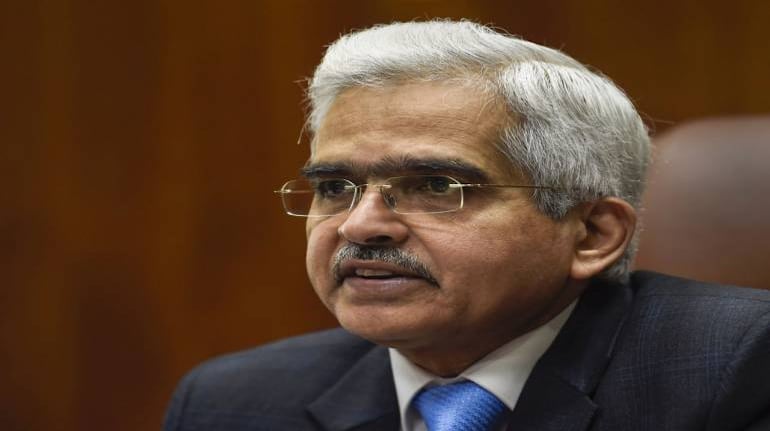



“…at this moment, without losing sight of price stability, we would make growth as the overarching priority…”, said Reserve Bank of India Governor Shaktikanta Das, in the December 8 monetary policy announcement. While this shift in focus to real GDP growth was music to some participants’ ears, other commentators were not so comfortable.
It is well-acknowledged that India’s economic growth is weak, and lagging its counterparts. However, at the same time, retail inflation surged to 6.2 percent YoY in FY21, compared to an average of 4.2 percent in the preceding five years. This combination of weak growth and higher inflation ignited the debate if India was witnessing stagflation.
With inflation easing to 5.2 percent during April-December ’21, and growth also picking up in FY22 (vis-à-vis CY20/FY21), the debate has faded in the past few months. Nevertheless, since core inflation (CPI excluding food and beverages, pan, tobacco and intoxicants, and fuel and light) is very sticky at 6 percent during April-December ’21, the debate is still not dead.
With the headline retail inflation moving to 5.6 percent YoY in December ’21 (and likely to rise further towards 6 percent in January ’22), and easing growth trends in 3QFY22 (we expect real GDP growth at ~5 percent v/s market consensus of 6.3 percent), the debate of stagflation could find a new life again over the next few months. Accordingly, there will be increased pressure on the RBI to reconsider its priority. That the US Federal Reserve is expected to hike interest rates beginning March ’22 (probably along with balance sheet reduction), the RBI’s task will become more difficult.
I don’t think India is flirting with stagflation. Yes, the growth is weak, and inflation is on the higher side. However, neither the extent of these developments is worrying, nor are they expected to continue for long. The market consensus also confirms this. According to RBI’s survey of professional forecasters, real GDP growth is expected to grow 7.6 percent in FY23, and the headline CPI-based inflation is projected to average 5 percent, along with softening in the core inflation as well (to 5.2 percent next year v/s 5.9 percent in FY22).
The monetary policy in December, however, was seen as more dovish than anticipated. It is, therefore, argued that with the all-time low policy interest rate and no communication to end the “accommodative stance as long as necessary”, the RBI is behind the curve. A closer look at the RBI’s non-interest rate policies confirms that monetary normalisation has already begun.
There are three interesting developments:
Maintaining this balance between growth and inflation has always been very delicate in India, and the RBI seems to be handling it carefully at this stage, without tilting too much on either side. While some commentators may be worried about consistently high inflation, India’s growth trajectory cannot be called ‘strong’. Therefore, the RBI needs to tread the path very cautiously and gradually, which is exactly what seems to be happening.
Further, while the fiscal deficit is high and the current account balance has moved into deficit again, the former is clearly in consolidation mode (expected to be budgeted at 6 percent of GDP in FY23) and the current account deficit (CAD) is expected to be modest at 1.5 percent of GDP in FY23, following 1.1 percent of GDP in FY22.
The vast amount of foreign exchange reserves accumulated during the past 19 months provide some comfort on India’s external position and faster fiscal consolidation can do more harm than good for the economy. Therefore, although macroeconomic parameters are deteriorating (inflation, CAD and fiscal deficit), none of them warrant very strong reaction from the RBI (especially considering weak growth).
Overall, the grand monetary easing is behind us, and the RBI policy is also suggesting the same. The interest rates have bottomed out, and the liquidity surplus has peaked. Going forward, the RBI will continue to reduce the excess liquidity in the financial system, and reduce the size of its balance sheet. So, directionally speaking, India’s monetary policy is already normalising, although the pace is gradual — and that’s the need of the hour.
Views are personal and do not represent the stand of this publication.
Discover the latest Business News, Sensex, and Nifty updates. Obtain Personal Finance insights, tax queries, and expert opinions on Moneycontrol or download the Moneycontrol App to stay updated!
Find the best of Al News in one place, specially curated for you every weekend.
Stay on top of the latest tech trends and biggest startup news.